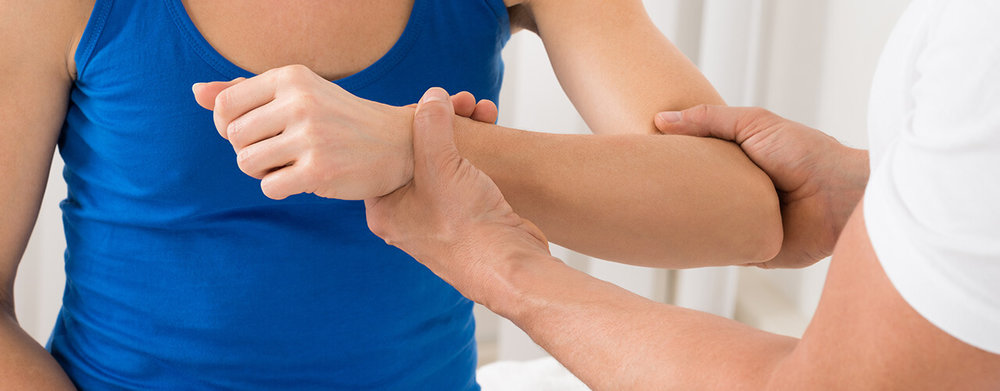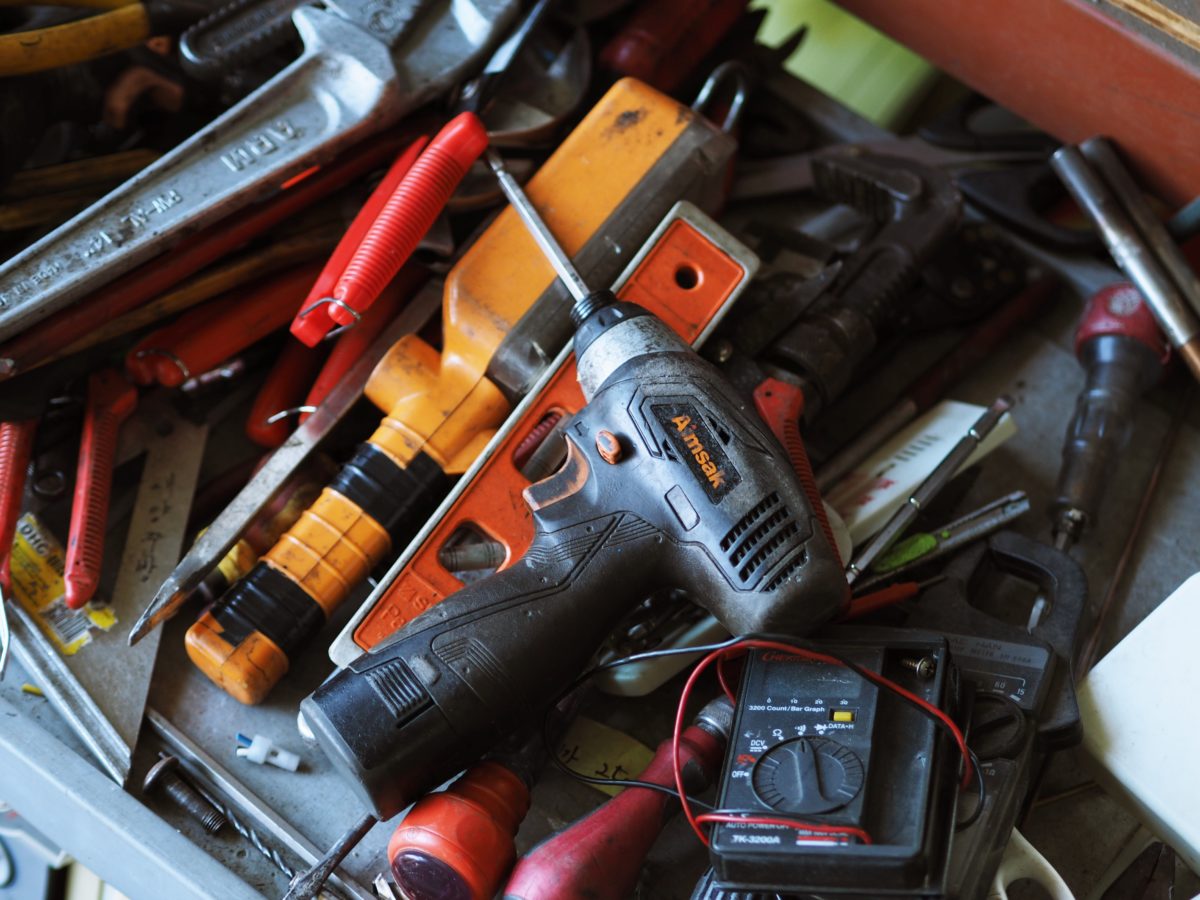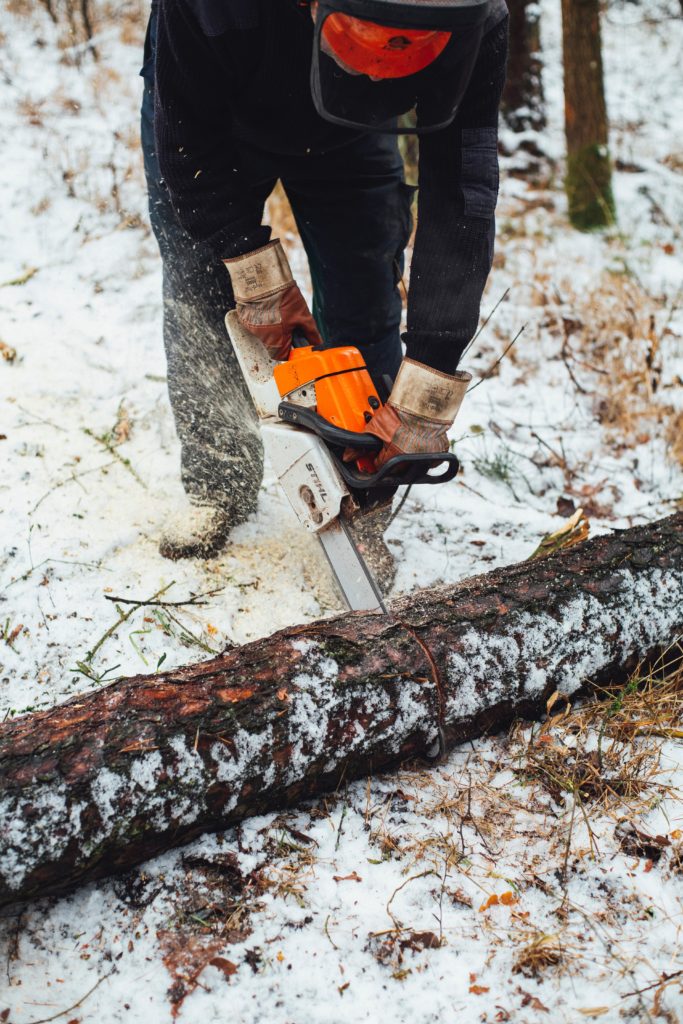Although many elbow injuries, including tennis elbow, can be treated without needing surgery, sometimes it is the best option. Doctors such as Dr. Avery Arora, a hand surgeon in Michigan, will suggest surgery when other treatment methods do not work or when the patient is in a substantial amount of pain that diminishes their capacity to work and to enjoy life. If elbow surgery has been recommended for you, you may be wondering, “What happens after elbow surgery?” This blog aims to clarify the process for you.
Before Elbow Surgery
You and your doctor will initially discuss the different types of surgical options and what those options entail; everything from the procedure itself to the recovery period will be clarified for you. Those who undergo arthroscopic surgery, which requires a smaller incision, will still need to have plenty of time to heal and rehabilitate their elbow, just as those who have open surgery. However, the difference between those two surgeries lies with the length of recovery time and when you can start rehab.
Immediately After Surgery
For many patients, the rehabilitation part of your recovery will start very quickly, often while you’re still at the hospital. The early stages of the physical therapy are very gentle and can help to relax the muscles of the arm. You will likely be required to have your arm in a splint after the surgery, and as a means to keep the swelling down, the doctor and nurse will often put an ice pack in the splint.
After the surgery, you can expect to experience pain at the surgical site. You will be prescribed medication that can help to control the pain along with various types of exercises that you will need to do during the recovery period at home.
The amount of time you have to spend in the hospital will vary, but it is not usually more than a day or two. Your doctor may remove the bandages and stitches before you leave or they may want you to return a few days later so they can remove them at that point during your follow up.

At Home
When you are at home, you need to be very careful with the incision site so that you do not open it up or get an infection. In addition, you have to be willing to put in the time needed each day to work your elbow and to perform the therapeutic exercises. This will ensure that you are getting stronger and maintaining mobility in your elbow. Don’t skip the exercises, but do not overdo them either. Listen to and follow your doctor’s orders.
As you start to heal, you will begin to feel even stronger and more like your old self. However, this does not mean your elbow has properly healed yet. You still need to take it easy or you could risk more injury. Get plenty of rest, eat right, hydrate, and follow all of the instructions provided when you left the hospital. This is the best way to ensure that you heal properly. If you have any issues, you will want to contact the medical staff as soon as possible so they can make sure you are healing properly. In time, your elbow will be fully healed; just don’t rush it.
Here at Arora Hand Surgery, we care about your health. If you are feeling hand, wrist, or elbow discomfort, visit Dr. Avery Arora at one of his southeast Michigan offices located in West Bloomfield, Warren, Macomb Township, or Howell.





 We probably don’t have to tell you the kind of damage that a chainsaw can do to your hands, arms, or other parts of your body. A chainsaw is very dangerous when used improperly and without the use of protective gear. Over 30,000 chainsaw injuries are reported yearly in the United States, and the typical injury requires over a hundred stitches.
We probably don’t have to tell you the kind of damage that a chainsaw can do to your hands, arms, or other parts of your body. A chainsaw is very dangerous when used improperly and without the use of protective gear. Over 30,000 chainsaw injuries are reported yearly in the United States, and the typical injury requires over a hundred stitches.
 You will need a large amount of dental floss to do this. Start by threading it under the ring so you have a “pull” handle of floss facing the wrist. The rest of the floss will be facing your fingers.
You will need a large amount of dental floss to do this. Start by threading it under the ring so you have a “pull” handle of floss facing the wrist. The rest of the floss will be facing your fingers.










